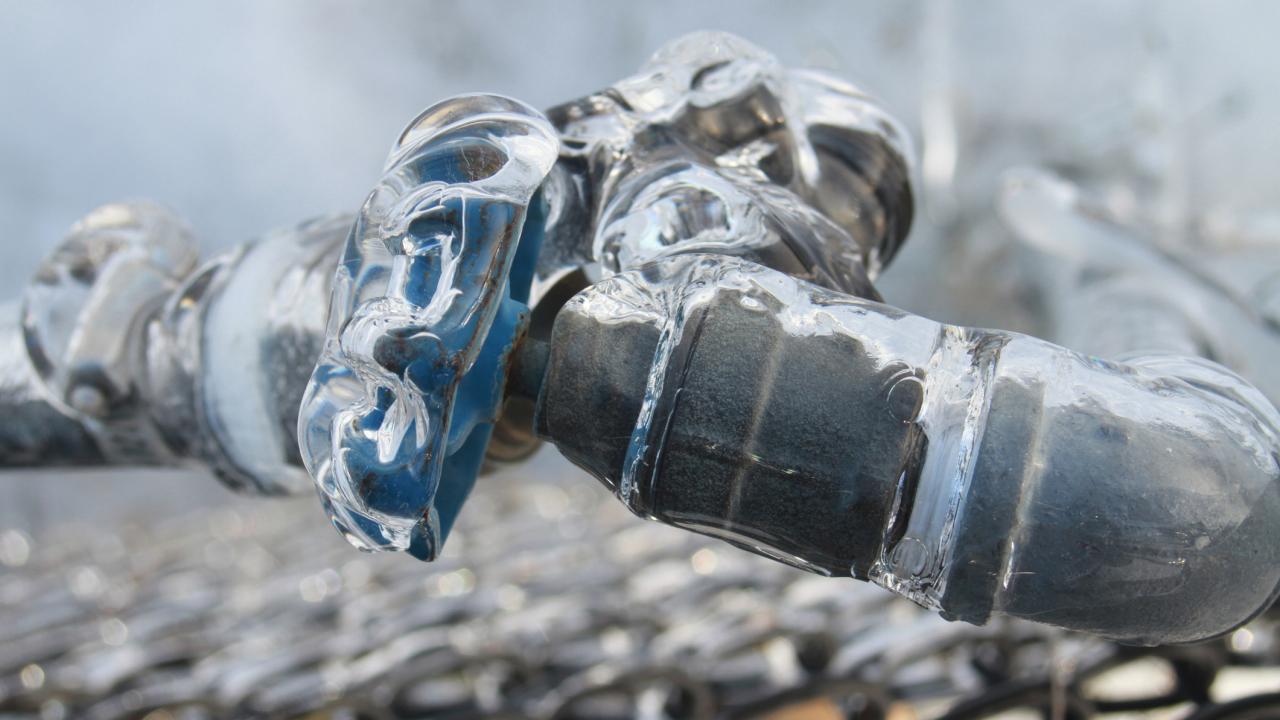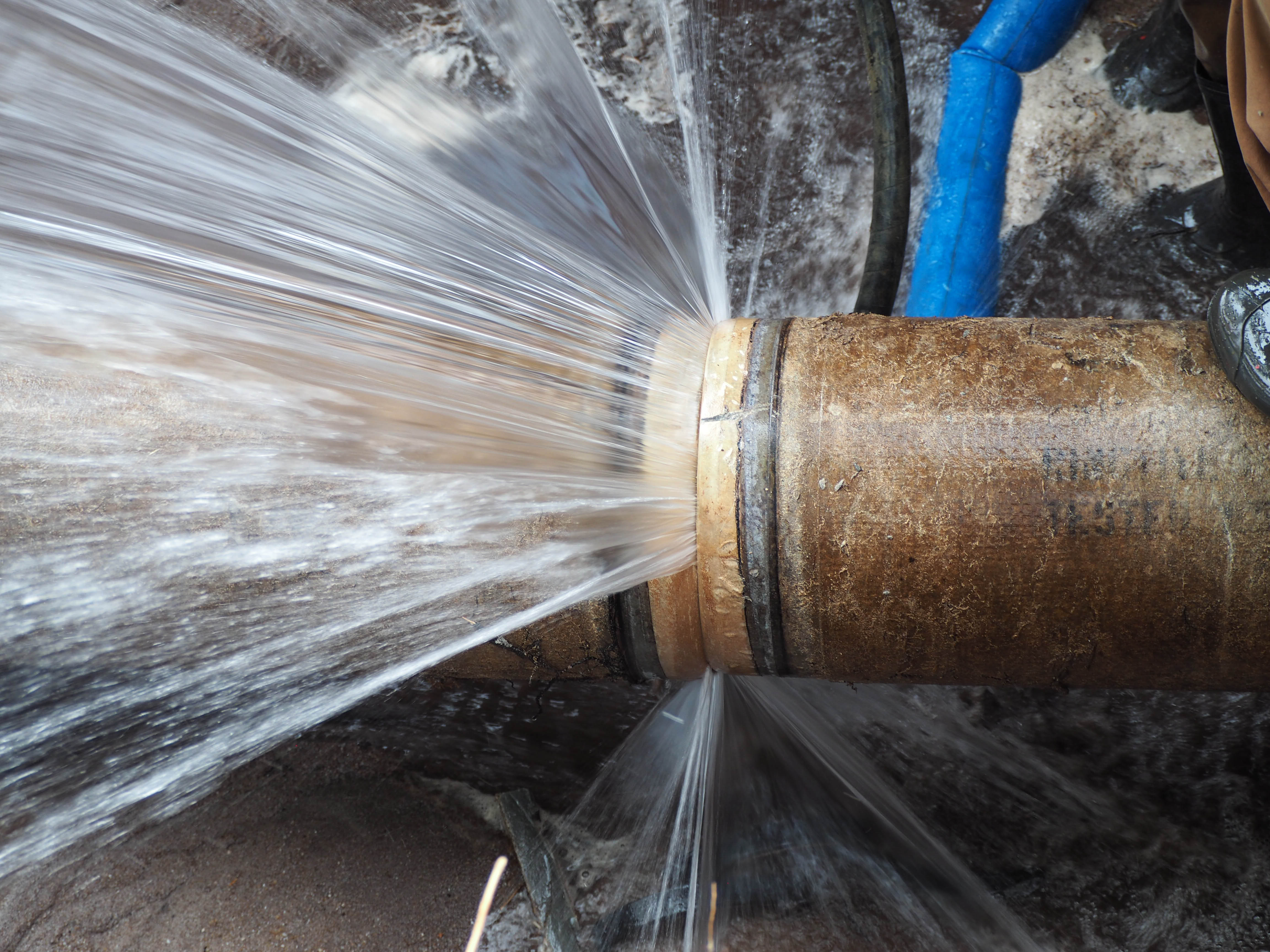Protecting Against Frozen Pipes in Cold Weather: Expert Tips
Protecting Against Frozen Pipes in Cold Weather: Expert Tips
Blog Article
Were you trying to find facts about How to Prevent Your Pipes From Freezing?

Winter can ruin your pipes, specifically by freezing pipes. Right here's how to prevent it from happening and what to do if it does.
Intro
As temperatures decrease, the threat of frozen pipelines increases, potentially bring about expensive repair work and water damage. Understanding how to stop frozen pipelines is critical for house owners in cold environments.
Comprehending Icy Pipes
What creates pipes to ice up?
Pipes ice up when exposed to temperature levels below 32 ° F (0 ° C) for prolonged durations. As water inside the pipes ices up, it increases, putting pressure on the pipeline wall surfaces and potentially triggering them to break.
Risks and damages
Icy pipelines can lead to water system disturbances, home damage, and expensive fixings. Ruptured pipes can flooding homes and cause extensive structural damage.
Signs of Frozen Pipeline
Determining frozen pipes early can prevent them from bursting.
How to identify frozen pipelines
Seek lowered water circulation from taps, unusual odors or noises from pipelines, and visible frost on subjected pipes.
Avoidance Tips
Insulating vulnerable pipelines
Wrap pipelines in insulation sleeves or make use of warmth tape to safeguard them from freezing temperature levels. Concentrate on pipes in unheated or outside areas of the home.
Heating methods
Maintain interior areas properly heated up, specifically locations with pipes. Open closet doors to allow warm air to distribute around pipes under sinks.
Securing Exterior Pipes
Yard pipes and outside taps
Disconnect and drain yard tubes prior to wintertime. Install frost-proof faucets or cover outdoor faucets with insulated caps.
What to Do If Your Pipelines Freeze
Immediate actions to take
If you suspect icy pipelines, maintain faucets open to soothe pressure as the ice melts. Make use of a hairdryer or towels taken in hot water to thaw pipelines gradually.
Long-Term Solutions
Architectural modifications
Take into consideration rerouting pipes far from outside walls or unheated areas. Add additional insulation to attic rooms, cellars, and crawl spaces.
Upgrading insulation
Invest in top notch insulation for pipes, attic rooms, and wall surfaces. Appropriate insulation aids preserve regular temperatures and lowers the risk of frozen pipelines.
Verdict
Avoiding frozen pipes needs positive procedures and fast feedbacks. By understanding the causes, signs, and preventive measures, home owners can shield their pipes throughout cold weather.
5 Ways to Prevent Frozen Pipes
Drain Outdoor Faucets and Disconnect Hoses
First, close the shut-off valve that controls the flow of water in the pipe to your outdoor faucet. Then, head outside to disconnect and drain your hose and open the outdoor faucet to allow the water to completely drain out of the line. Turn off the faucet when done. Finally, head back to the shut-off valve and drain the remaining water inside the pipe into a bucket or container. Additionally, if you have a home irrigation system, you should consider hiring an expert to clear the system of water each year.
Insulate Pipes
One of the best and most cost-effective methods for preventing frozen water pipes is to wrap your pipes with insulation. This is especially important for areas in your home that aren’t exposed to heat, such as an attic. We suggest using foam sleeves, which can typically be found at your local hardware store.
Keep Heat Running at 65
Your pipes are located inside your walls, and the temperature there is much colder than the rest of the house. To prevent your pipes from freezing, The Insurance Information Institute suggests that you keep your home heated to at least 65 degrees, even when traveling. You may want to invest in smart devices that can keep an eye on the temperature in your home while you’re away.
Leave Water Dripping
Moving water — even a small trickle — can prevent ice from forming inside your pipes. When freezing temps are imminent, start a drip of water from all faucets that serve exposed pipes. Leaving a few faucets running will also help relieve pressure inside the pipes and help prevent a rupture if the water inside freezes.
Open Cupboard Doors
Warm your kitchen and bathroom pipes by opening cupboards and vanities. You should also leave your interior doors ajar to help warm air circulate evenly throughout your home.

Hopefully you enjoyed our article on Helpful Tips to Prevent Frozen Pipes this Winter. Thanks for finding the time to browse our piece of content. Sharing is good. You never know, you may be helping someone out. Thanks a lot for going through it.
Schedule Service Now Report this page